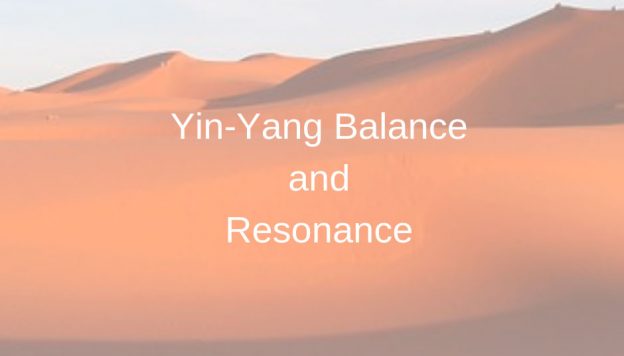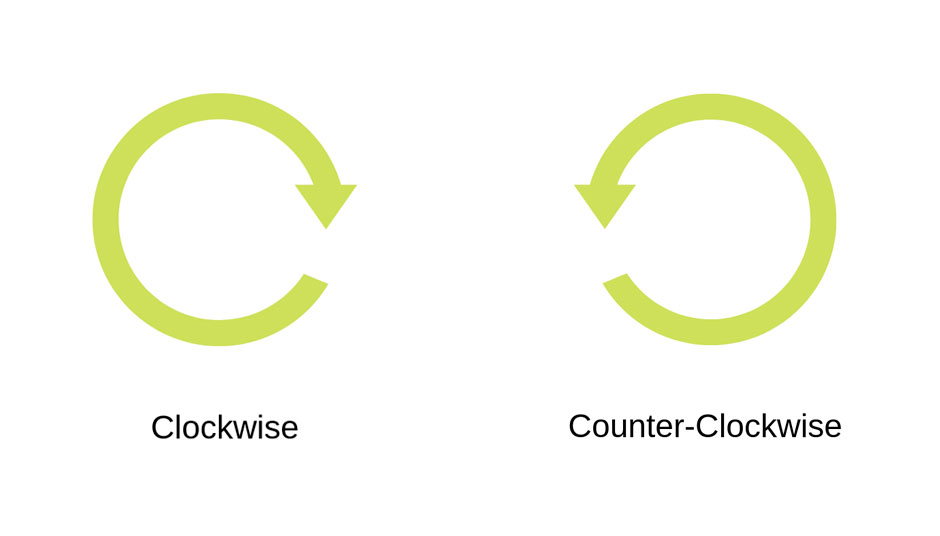Talks on Feng Shui with Dr. Hsu
5: Yin Yang Balance and Resonance
In the previous posting (number 4), we mentioned that, in Yin-Yang theory, a combination of Yin and Yang create harmony, while a combination of Yang and Yang, or Yin and Yin, create resonance, which means empowerment.
I used the resonance concept to explain why we use an upward motion to switch a light on, and a downward motion to switch it off. But rather then explain why sports move counterclockwise, I challenged readers to think further about it themselves. But then I realized that this could be somewhat challenging, so I thought I would explain it here.
In a circle, when force goes toward the center, we see it as Yin; when force expands from the center outward, we see it as Yang. In any sport involving circular motion, the competitors will try to move inward, toward the center, to take advantage of the difference in distance. This inward movement is Yin, and the counterclockwise direction amplifies or strengthens the Yin quality.
There are many examples of this, and people naturally follow this pattern, even without being aware of what they are doing. (“People use it daily without being aware of it!”) For example, in a boxing match, when someone circles his opponent to attack, he always moves counterclockwise. This is because his focus is toward the center, so there is a Yin-to-Yin resonance.
According to a study done by Blue Mountain Institute, when people walk around a lake, for example in a park, about seventy percent of the people will move counterclockwise. This is because, in general, people’s attention is toward the lake, rather than away from it.
The same logic applies for left and right movements. Left is Yang; right is Yin. Yang tends to be more powerful than Yin. For this reason, in a press conference or political meeting, the host is almost always sitting to the left of the guest.
In traditional Chinese etiquette, there is a saying, “When sitting, leave the left empty.” Younger people don’t understand this saying; even older people, who do understand it, don’t understand the reason behind it. It describes what to do when you go into a room where there are two empty seats. One should pick the seat on the right, and leave the seat on the left for the next person. This is because the seat to the left is the place for someone who is older or with a higher position. By sitting on the right one shows one’s humility, respect, and courtesy.
However, in business or political negotiations, to have the upper hand in energetic terms, you would want to sit to the left of the party you’re negotiating with, or on the left side of the meeting table.Feng
From this, we can see that the application of Yin-Yang theory to life is quite broad. In fact, with thought and experience, we can see that it applies to all aspects of life.
All Dr. Hsu talks on Feng Shui



